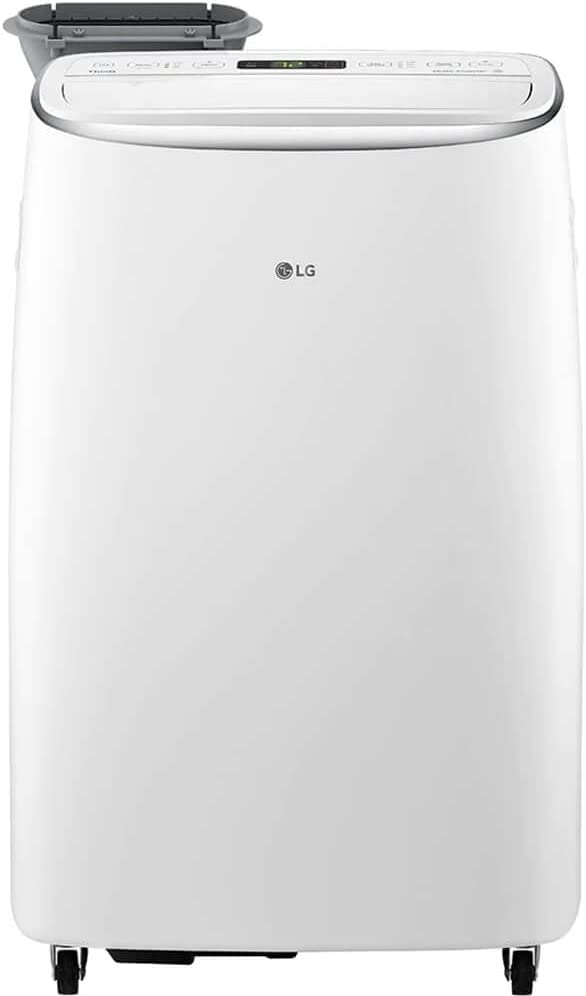
-
South Korean tech giant with a strong reputation in smart appliances
-
Leader in dual inverter technology for energy efficiency and quiet cooling
-
Offers a streamlined range of window, portable, and U-shaped ACs
-
Praised for smart home integration, but often let down by glitchy app performance
-
Known for sleek designs, though sometimes at the expense of long-term durability
-
Positioned as premium mid-tier, but prices stretch higher than some rivals

-
Legacy American brand with deep roots in home appliances
-
Offers a strong range of window and built-in wall ACs
-
Backed by Haier since 2016, with refreshed design and tech
-
Known for durability, cooling power, and quiet performance
-
Integrates smart features through GE SmartHQ platform
-
A brand for buyers who want modern features inside traditional builds
LG Air Conditioners
.webp)
LG has spent decades building its brand on sleek, high-tech appliances — and its air conditioners are no exception. Originating from South Korea, LG entered the U.S. AC market with a clear goal: merge cooling with modern smart features, ultra-quiet operation, and inverter-driven energy savings. Flagship models like the LW1019IVSM and LW1517IVSM have earned praise from review platforms and consumer guides, and the brand has carved out a niche in “smart window ACs.” But under the glossy surface, LG’s lineup comes with tradeoffs — especially in value, build consistency, and tech reliability. So the question is: does LG’s tech-first approach deliver more comfort, or more complexity?
GE Air Conditioners
.webp)
GE has long been a staple of American homes — from lightbulbs to laundry machines. Its air conditioning division, now operated by Haier since 2016, has evolved considerably in recent years, blending classic durability with a growing emphasis on smart features and design flexibility. GE’s air conditioners are most commonly seen in window-mounted or built-in wall formats, often aimed at users who want solid cooling and low noise without fuss. That said, while the product line has modernized, GE is still more about refined practicality than cutting-edge innovation. So where does it land in the current AC landscape?












